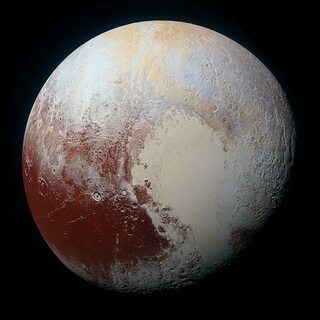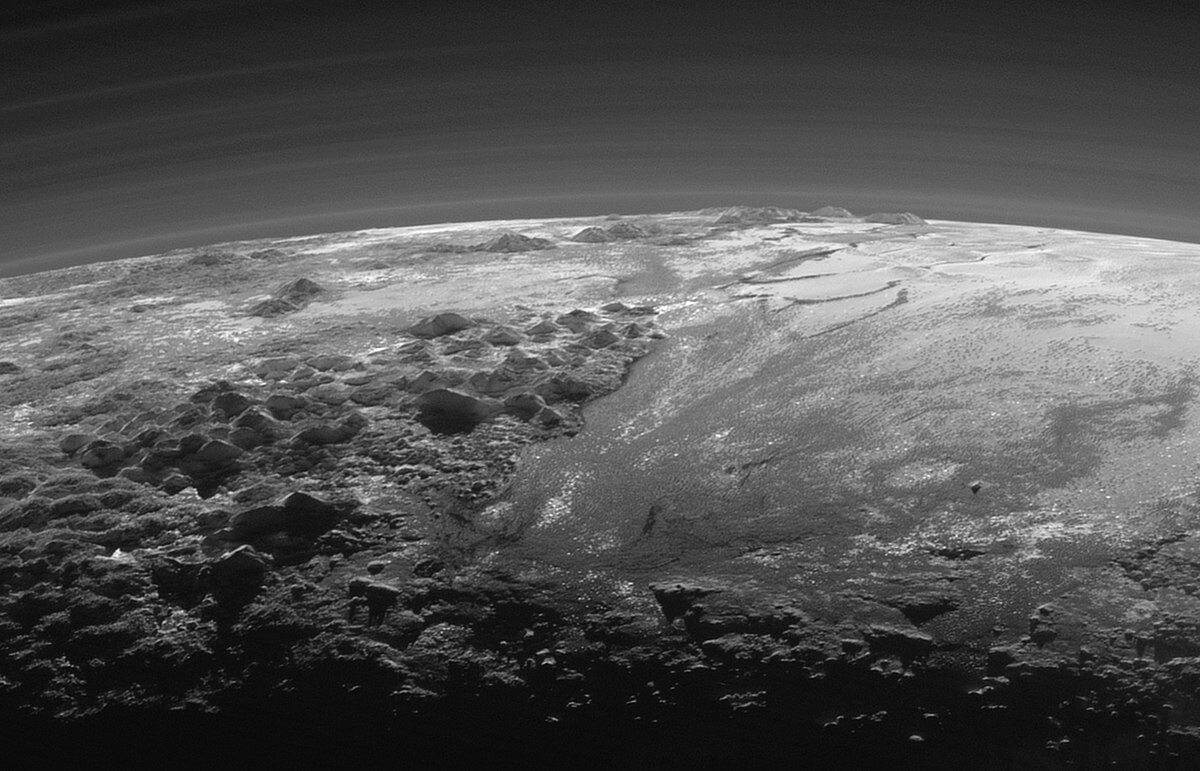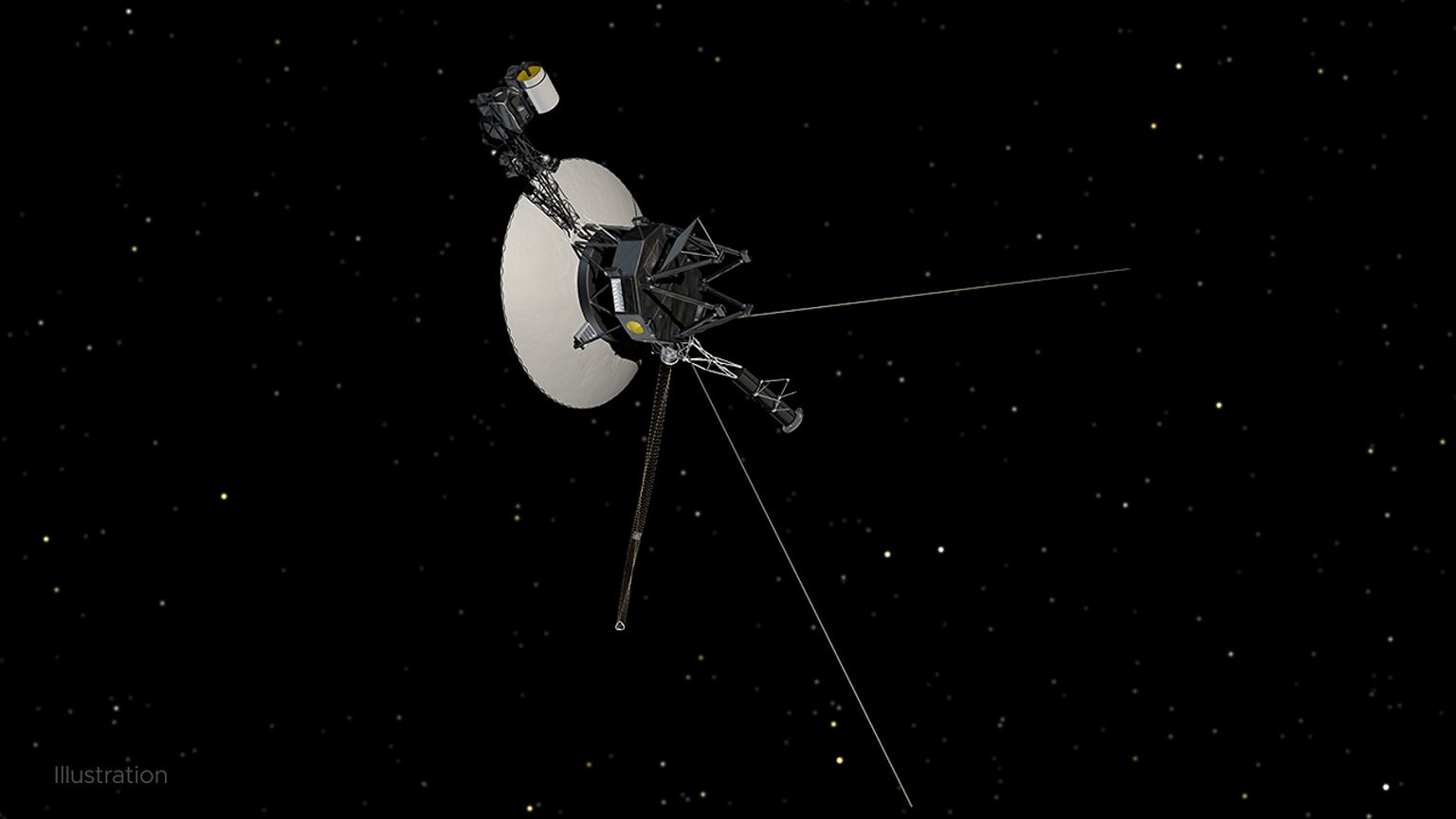Pluto, once considered the ninth planet in the solar system, was discovered at Lowell Observatory in Flagstaff, Arizona, by astronomer Clyde W. Tombaugh in 1930.
Pluto – History of Discovery
The hypothesis that there was another celestial body beyond Neptune (taking into account its distance from the Sun) was put forward in the second half of the 19th century. The existence of a ninth planet in the solar system was first proposed by Percival Lowell (1855-1916). According to him, the inclination of the orbits of Uranus and Neptune was caused by the gravitational pull of an unknown celestial body, perhaps a planet. Lowell calculated the possible location of the ninth planet, but searched for it unsuccessfully for a decade until his death in 1916.
The search for this hypothetical planet was resumed in 1929 at the Lowell Observatory in Arizona. The search was conducted by Clyde Tombaugh based on calculations by Percival Lowell and William Pickering. On February 18, 1930, Tombaugh discovered a small, distant object using a new technique of photographic plates combined with a flash microscope. The astronomer considered this object to be the ninth planet of the solar system. His discovery was confirmed by many other scientists.
On March 13, 1930, the anniversary of Lowell’s birth and also the anniversary of William Herschel’s discovery of Uranus, the discovery of a new ninth planet was officially announced.
The newly discovered celestial body in the solar system Pluto was named after the Roman god of the underworld, Pluto. In Anglo-Saxon countries, many people associate the name Pluto not with mythology, but with the hero of Walt Disney’s fairy tales. Could Pluto be called differently? For almost a hundred years, names such as Icarus, Minerva, Erebus, Tantalus, Odin, Perseus were suggested. However, the Roman god of the underworld won.
When scientists discovered Pluto, they announced that it might be larger than Jupiter. But over time, it turned out that Pluto is smaller than Earth’s moon. Pluto’s surface temperature is likely to be about -360 degrees Fahrenheit (about -218 degrees Celsius). Pluto’s average distance from the sun is about four billion miles, and it takes about 248 years to complete one orbit around the sun. Pluto has the most elliptical and most inclined orbit of any planet in the solar system. At its closest point to the sun, it passes inside the orbit of Neptune.
Pluto – Planet or Dwarf Planet?
However, over time, some astronomers began to question whether Pluto’s mass was large enough to affect the orbits of Uranus and Neptune, and whether Pluto was a planet at all. In 1978, James Christy and Robert Harrington discovered Pluto’s only known moon at the time, Charon, which was only half the diameter of Pluto. Some researchers suggested that Pluto and Charon form a binary planetary system and that it (and not Pluto itself) influences the orbits mentioned above. Pluto’s other moons are much smaller. They were not observed until the 21st century. They are: Hydra, Nix, Kerberos, and Styx.
Another question mark over Pluto’s status as a planet was added by MIT astronomers Jane Lu and David Jewitt, who discovered that beyond Pluto’s orbit is the Kuiper Belt, a vast region of “junk” left over from the formation of the solar system. It also turns out that there are celestial bodies in the Kuiper Belt with masses similar to Pluto’s. This discovery means that there is a greater need to look into Pluto’s status.

In August 2006, during its meeting in Prague, the International Astronomical Union considered “expanding” the solar system to include 12 planets. However, this idea was rejected. Instead, the concept of “planet” was redefined. According to the new findings, a planet is a celestial body that orbits the Sun, has a shape as close to a sphere as possible, and as a result of its own gravity, should be able to clear the areas surrounding its orbit. Thus, Pluto ceased to be a planet. It was classified as a dwarf planet.
The New York Times called the decision “a triumph of science over sentiment.” Yet for many people, who grew up knowing that there were nine planets in the solar system, the change was almost revolutionary. Some took it in good humor. At the Pluto memorial at the Smithsonian in Washington, people left flowers and condolence cards with inscriptions like “Pluto, Rest in Peace.” You could also buy T-shirts on the street that read, “In My Time, Pluto Was a Planet.”
Regardless of its classification as a planet or a dwarf planet, Pluto continues to fascinate astronomers around the world. In recent years, Pluto has been shown to be more geologically active than previously thought. In addition to towering icebergs and plains of frozen nitrogen, Pluto also has an interesting, bright, heart-shaped region located just above its equator.
Read also:
“Day of Terror”. A disaster that submerged dozens of ancient citiesRead also:
Amelia Earhart. Mysterious disappearance. Who was an aviation enthusiast?Read also:
Quiz: Space Conquest – From Sputnik to SpaceX. Check how much you know!

“Prone to fits of apathy. Introvert. Award-winning internet evangelist. Extreme beer expert.”










